The healing starts before you even leave the hospital
Recovery isn’t something that begins once you’re home in bed. It starts earlier. Often within the first hour after surgery. When the nurse checks your vitals. When you’re asked to breathe deeply. When you shift in bed for the first time.
These small moments aren’t just protocol. They signal to your body that it’s time to shift gears—from surviving the procedure to healing from it.
Even drinking a sip of water, or lifting your head, plays a role. Early motion—done gently—sets off systems that have been paused.
Pain control isn’t about toughness—it’s about timing
One of the most common mistakes people make is waiting too long to take pain medication. Once the pain spikes, it becomes harder to calm down. Muscles tighten. Breathing shortens. Sleep gets shallow.
Pain isn’t weakness—it’s information. Managing it well isn’t about avoiding discomfort forever. It’s about staying ahead of it enough to keep moving.
Comfort allows movement. And movement, in the right amount, speeds up healing.
Food and hydration are part of the repair
You might not feel like eating much. That’s normal. But when you can, start small. Clear fluids. Soft foods. Bland snacks. These support the digestive system gently.
Your body burns more energy during recovery. It needs fuel to repair tissue. To keep your immune system active. To push fluid out of swollen areas.
Water, especially, is crucial. It eases digestion. Flushes anesthesia. Helps medications work as they should.
Movement is medicine—but only the right kind
You’re not asked to go for a run. But you are encouraged to get out of bed. To breathe deeper. To shift positions.
This isn’t just about strength. It’s about avoiding complications like blood clots or lung congestion. It’s about keeping the body from stiffening around the healing.
Ask your provider what kind of movement is safe. Then do it with consistency. A little each hour. A little each day. That’s how recovery builds.
Sleep heals—but rest isn’t always sleep
You might not sleep like you used to. Hospitals are noisy. Home feels unfamiliar. Your body hurts in new places. But that doesn’t mean you’re not resting.
Rest includes quiet time. Lying flat with your eyes closed. Breathing deeply. Letting your thoughts wander. It includes short naps and slow mornings.
Even restless rest helps. Your body knows what to do with stillness.
Keep wounds clean—but don’t overdo it
You may feel the urge to check incisions often. To clean them repeatedly. But follow instructions closely. Over-care can slow healing.
Use the recommended soap. Pat dry. Let the area breathe when safe.
Redness, bruising, or swelling can be normal. But if the wound feels hot or leaks pus—or if you develop a fever—those are signs to call your provider.
Clean doesn’t mean perfect. It means cared for.
Follow-ups are part of healing—not an afterthought
That next appointment may seem unnecessary if you feel okay. But it matters. It helps your provider catch complications you might not recognize yet.
Stitches may need checking. Medications may need adjusting. Healing progress needs to be seen—not just felt.
Even a five-minute visit can change how your recovery unfolds.
Emotion plays a role—more than you expect
Surgery affects more than your body. It shifts hormones. Alters sleep. Stirs up vulnerability. You might feel fragile. Detached. Unexpectedly emotional.
This isn’t a sign of poor coping. It’s part of the process.
Let yourself feel without judgment. Talk to someone. Write things down. Allow emotion as part of recovery—not something separate from it.
Patience is not a delay—it’s a tool
You may want to bounce back quickly. But real healing needs time. Scar tissue needs to settle. Muscles need to stretch slowly. Your system needs to regain balance.
Every day won’t feel better than the last. Some days will feel the same. Some will feel worse. That’s normal.
The fastest healing doesn’t come from rushing—it comes from respecting what your body asks for.
And most of the time, it’s asking you to go slower than you want.
Source: General Surgeon in Dubai
